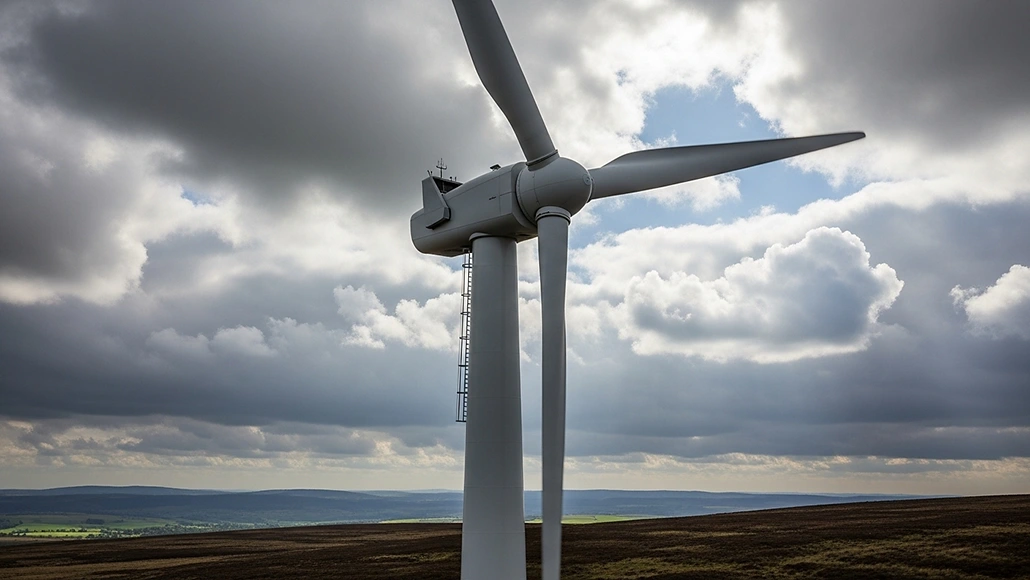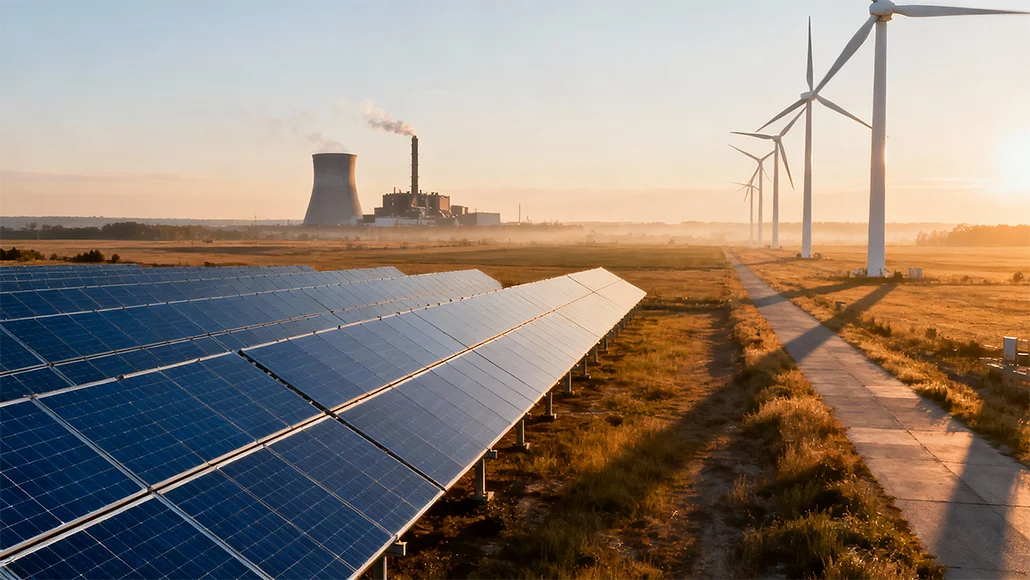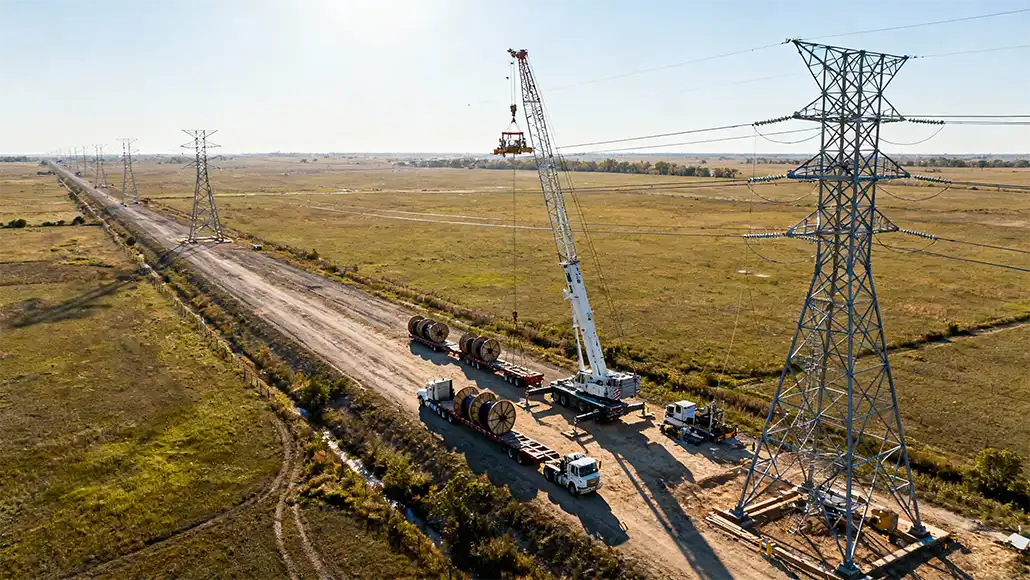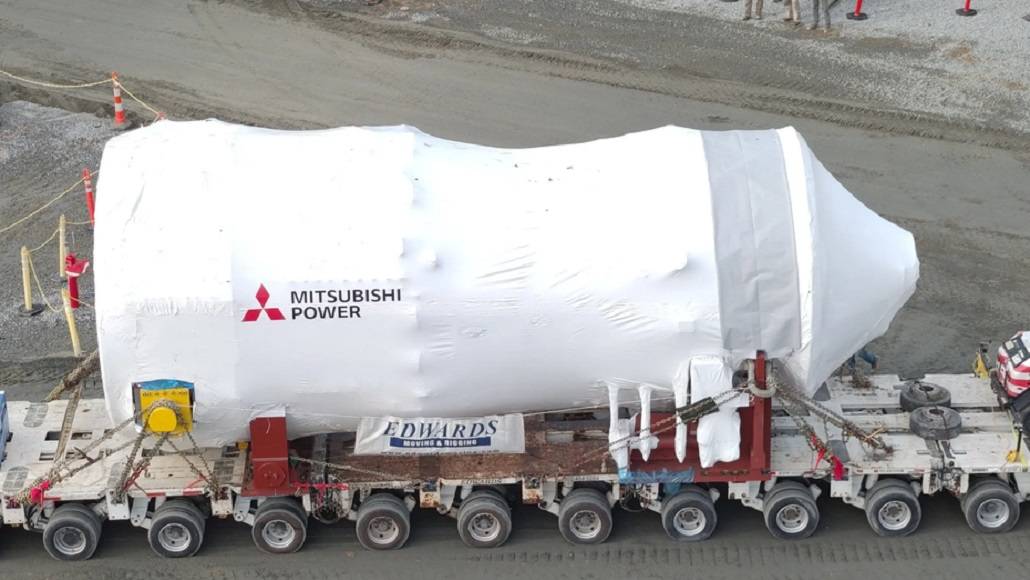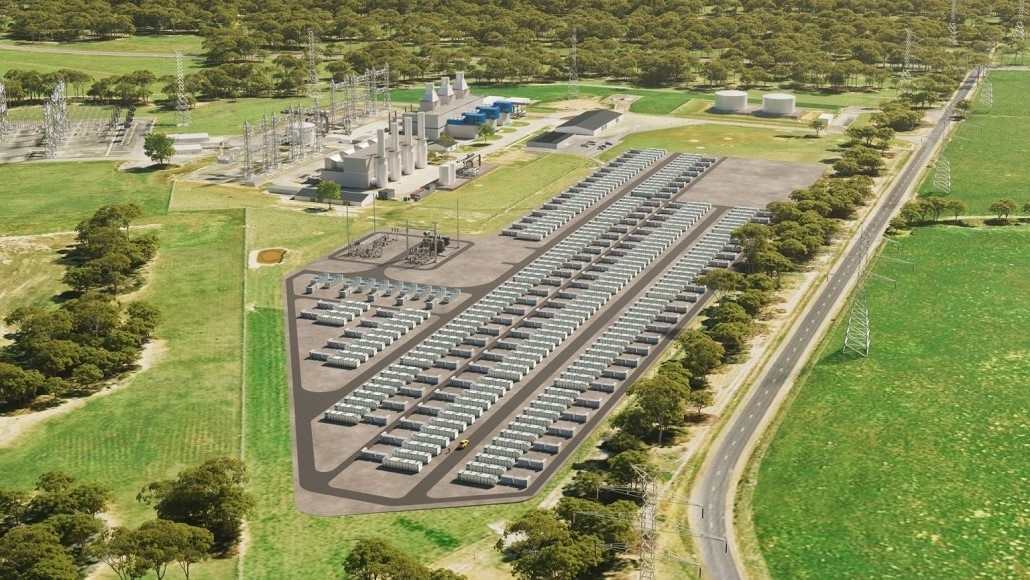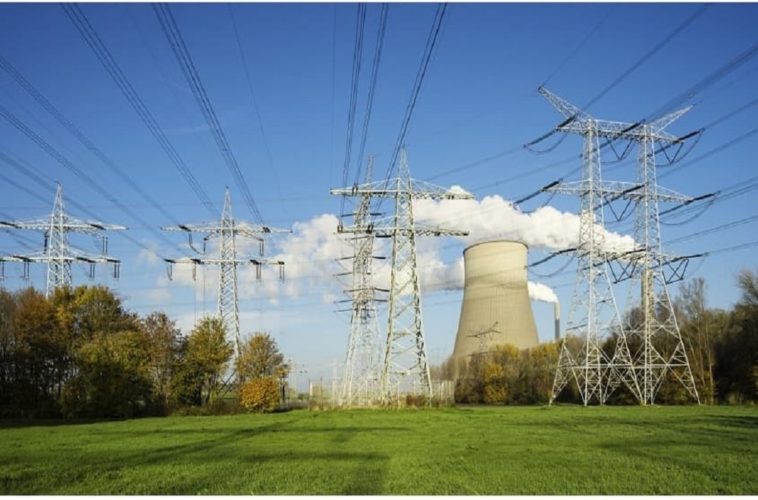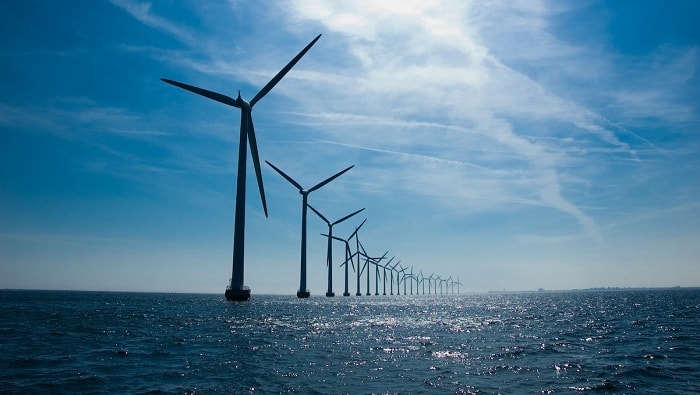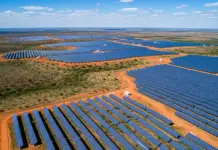The UK solar capacity has gone on to set new generation records, and that too within the first half of 2025 as the rollout gathers speed. It is well to be noted that the solar power generation in Great Britain was up 32% in the first half of 2025 as compared to the same period in 2024, as per Ember. The think tank’s evaluation went on to report 9.91 TWh of generation for the first half of 2025 and found solar generation has gone on to break records for five months consecutively since March 2025.
Apparently, Great Britain has enjoyed one of the sunniest years on record in 2025, which, blended with the ongoing solar rollout, has led to some record-breaking levels as far as solar generation is concerned.
The latest deployment statistics from the UK government, which have been published on the same day as the A Record Year for British Solar report by Ember, happen to confirm the direction of travel. There were around 22,406 new PV installations that took place in July 2025, comprising 106 MW of capacity, which is, by the way, the fourth most new installations in any month on record. This goes on to bring the total recorded solar capacity to almost 19.1 GW throughout 1.8 million installations, which is an increase of 1.3 GW ever since July 2024. Excluding Northern Ireland, which happens to share a grid with Ireland, the overall deployed capacity in Great Britain touched 18.7 GW.
It is worth noting that the deployment statistics that have been published by the Department for Energy Security and Net Zero – DESNZ happen to be provisional and are most likely going to get updated as new data is available; however, the DESNZ numbers already go on to suggest a transition toward larger capacity projects that are getting deployed all throughout Great Britain.
A minimum of 42% of total UK solar capacity, which is 8.1 GW, happens to come from ground-mounted or standalone solar installations, as per the data, which includes the likes of 15 solar farms that are supported by way of the UK contracts for difference – CfD scheme – 13 of which went ahead and switched on in 2025. The fact is that the DESNZ anticipates this number to see a surge.
Interestingly, the report from Ember also noted a transition toward certain larger installations when it comes to domestic rooftops. The think tank went on to find certain larger arrays that make up 50% of all new household-scale solar capacity as compared to only 5% under the 2010 to 2019 feed-in tariff, the time bracket when only smaller installations got incentivized due to better rates.
All this happens to be borne out as per the latest UK government deployment statistics. The deployed capacity of the UK for arrays up to 4 kW was recorded as 4 GW by the end of July 2025, as compared to 1.4 GW for 4 kW to 10 kW arrays, but the capacity additions were hardly even for the year to date, standing at 258 MW and 226 MW, respectively.








